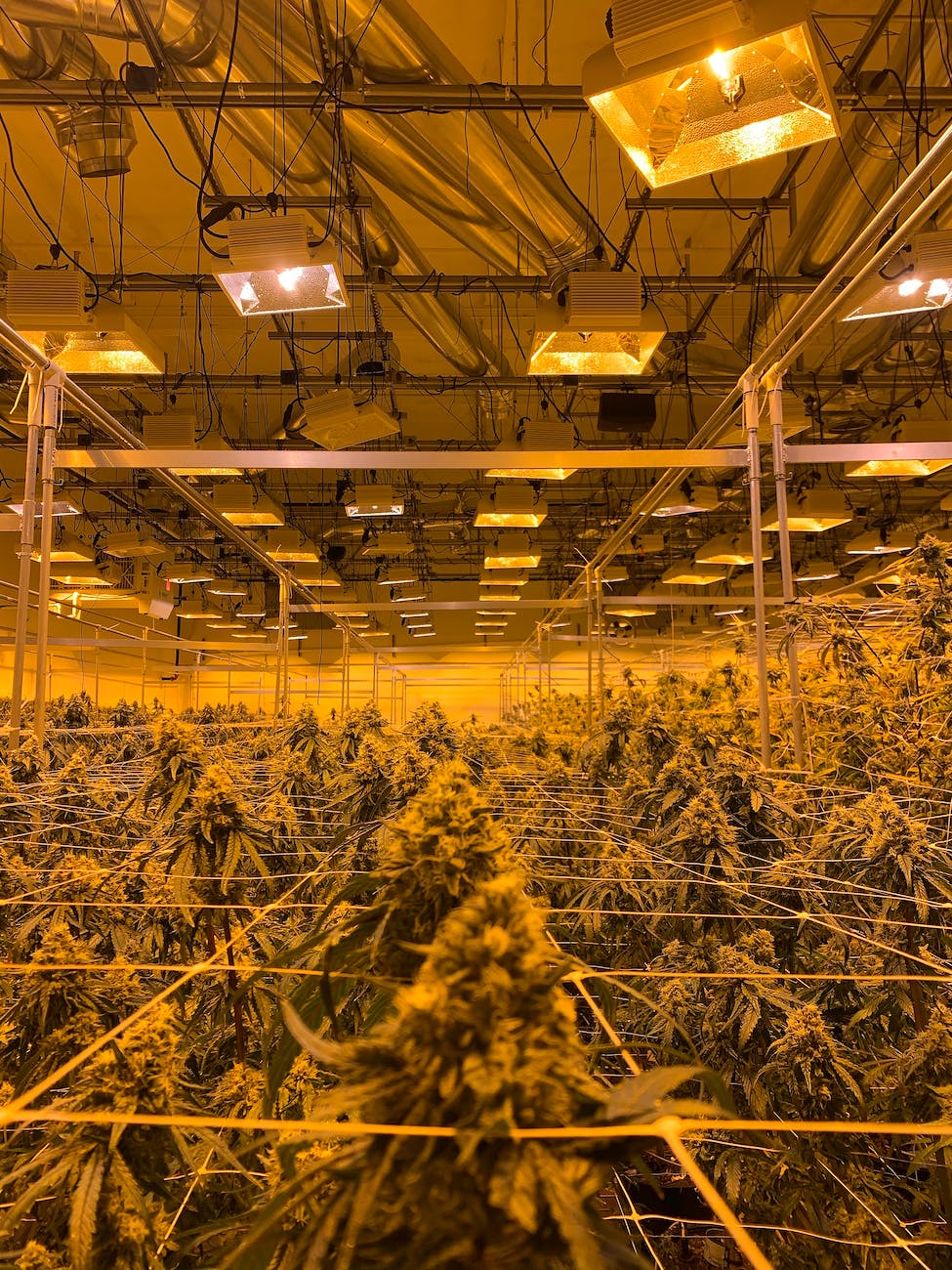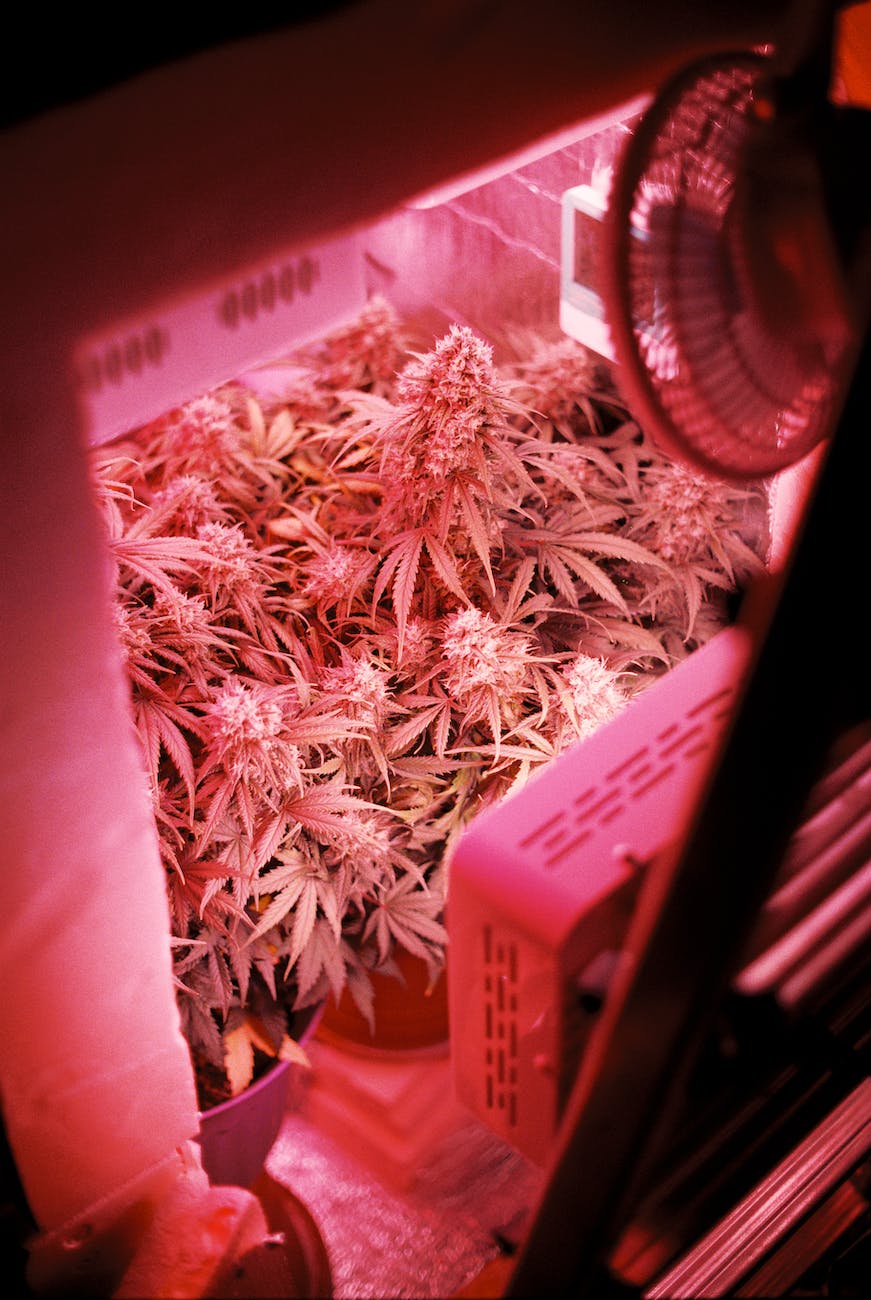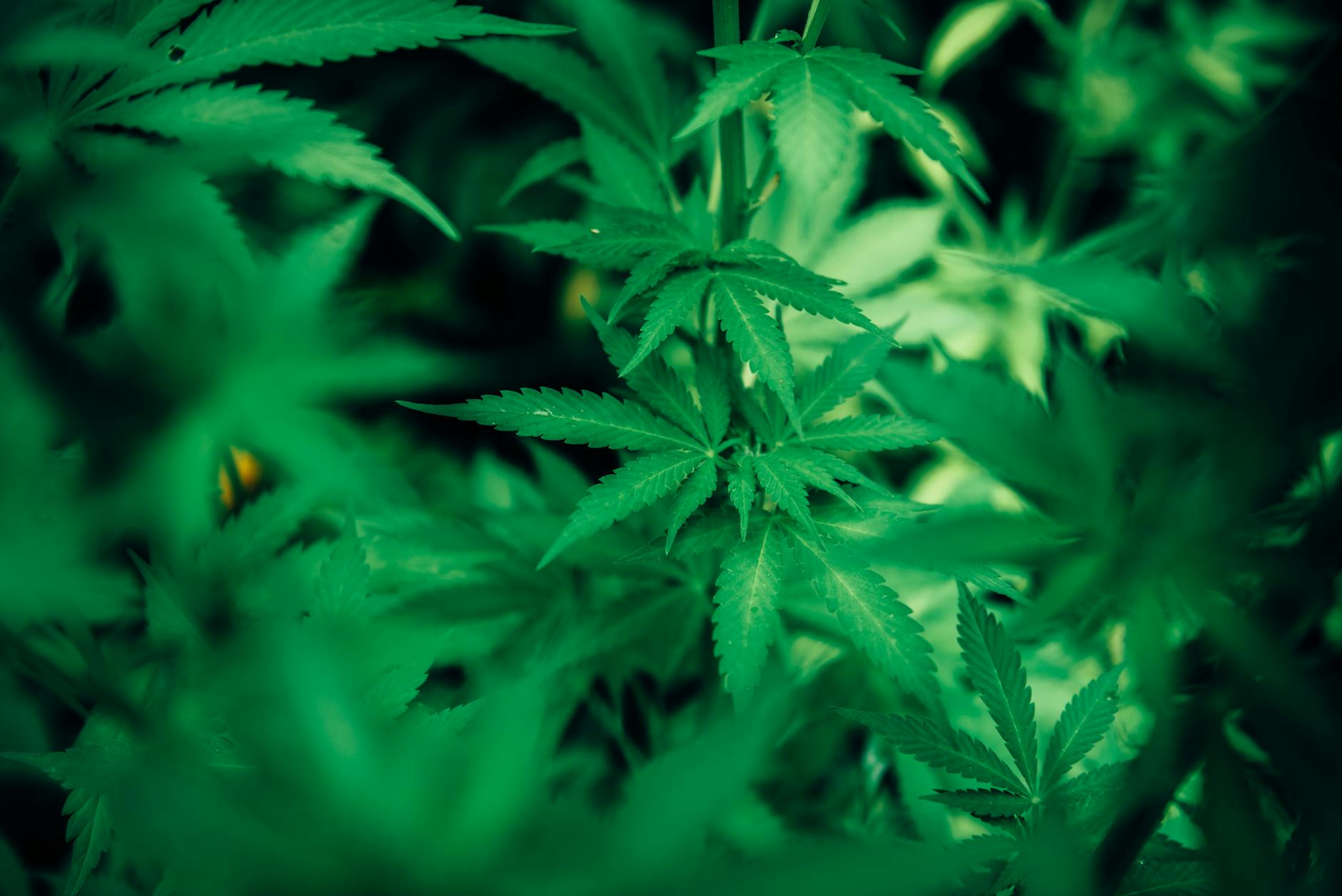Introduction
Cannabis cultivation is not only an art but also a deeply rewarding experience. The ability to grow your own cannabis allows you to have a direct connection with the plant, gain a deeper understanding of its nuances, and enjoy the satisfaction of consuming a product you’ve nurtured from seed to harvest. In this article, we’ll explore essential tips and techniques for successful cannabis cultivation, whether you’re a beginner or a seasoned grower.
Setting up the Grow Space
A successful cannabis grow starts with a well-prepared and optimized grow space. Whether you choose to grow indoors or outdoors, selecting the right location is crucial. For indoor cultivation, consider factors such as available space, access to electricity, and the ability to control environmental conditions. Outdoor growers should assess factors like sunlight exposure, wind patterns, and privacy.
Lighting is another critical aspect to consider. LED lights have become popular among growers due to their energy efficiency and spectrum versatility. However, HID lights, such as high-pressure sodium (HPS) or metal halide (MH), can also yield excellent results. Determine the lighting setup that suits your budget, space, and cannabis cultivation goals.
Maintaining proper temperature and humidity levels is vital for healthy plant growth. Aim for temperatures between 70-85°F (21-29°C) during the day and slightly lower at night. Humidity levels should generally be around 40-60% during the vegetative stage and lowered to 30-40% during the flowering stage. Utilizing fans and dehumidifiers can help maintain the ideal climate.
Good airflow and ventilation are essential to prevent issues like mold and pests. Install fans to create a gentle breeze that circulates air within the grow space. Exhaust fans, carbon filters, and ducting will aid in proper air exchange, removing stale air and odors. An oscillating fan can further improve airflow and strengthen the plants’ stems.
Choosing the Right Strain
When embarking on your cannabis cultivation journey, selecting the right strain is crucial. The wide variety of strains available offers unique characteristics and effects, allowing you to tailor your cultivation experience to your preferences. Consider the following factors when choosing a strain:
Understanding strain characteristics: Cannabis strains can be broadly categorized into indica, sativa, and hybrid. Indica strains often offer relaxing and sedating effects, while sativa strains tend to be more energizing and uplifting. Hybrids combine the traits of both indica and sativa. Understanding these differences will help you select a strain that aligns with your desired effects.
Growth traits: Take into account the height, flowering time, and yield potential of different strains. Some strains naturally grow taller and may require more vertical space, while others stay more compact. Consider the available space in your grow area and the desired yield when choosing a strain.
Researching genetics: It’s essential to obtain cannabis seeds or clones from reputable sources. Look for trusted seed banks that offer verified genetics to ensure you start with healthy and stable plants. Engage in online forums or local cannabis communities to gather insights and recommendations regarding genetics and strains.
By considering strain characteristics, growth traits, and genetics, you can choose a strain that suits your cultivation environment and personal preferences. Experimentation and exploration are key to finding the strains that resonate with you.
Germination and Seedling Stage
The journey of growing cannabis begins with germination and the seedling stage. Here are some important considerations to ensure successful germination and healthy seedling development:
Germination techniques: There are various methods for germinating cannabis seeds, and each grower may have their preferred approach. Popular methods include the paper towel method and direct planting. With the paper towel method, you place seeds between damp paper towels until they sprout. Direct planting involves placing seeds directly into the growing medium, such as a small pot with seedling soil.
Optimal conditions for seedlings: Seedlings require specific environmental conditions for healthy growth. Provide them with a warm and humid environment, around 70-80°F (21-27°C) and a humidity level of 70-80%. Ensure the seedlings receive adequate but not excessive light. You can use fluorescent lights or LED grow lights positioned a few inches above the seedlings.
Transplanting seedlings: As the seedlings develop their first set of true leaves, they’ll outgrow their initial containers and require transplantation. Transplant them gently into larger containers or their final growing medium, ensuring the roots are not damaged. Use a well-draining potting mix suitable for cannabis cultivation and maintain the same environmental conditions to minimize shock.
By following proper germination techniques, creating an ideal environment for seedlings, and transplanting them carefully, you’ll set a strong foundation for healthy growth and robust cannabis plants.
Vegetative Growth and Training
During the vegetative stage, cannabis plants focus on building a strong structure and lush foliage. Here are some tips for successful vegetative growth and training:
Nutrient requirements during the vegetative stage: Cannabis plants have specific nutrient needs during this stage. Nitrogen (N), phosphorus (P), and potassium (K) are essential macronutrients. Use a balanced fertilizer with higher nitrogen content to promote healthy leafy growth. Organic alternatives like compost or worm castings can also provide beneficial nutrients.
Training techniques: Training methods help optimize light distribution and encourage bushier growth. Topping is a common technique where the top of the main stem is trimmed to promote lateral growth. Low-stress training (LST) involves gently bending branches to create a more even canopy. Screen of green (SCROG) utilizes a screen or net to train branches horizontally. These techniques promote more even light exposure and increase yield potential.
Pruning and defoliation: Pruning and defoliation involve removing unnecessary leaves and branches to improve light penetration and airflow. Removing lower foliage and inward-growing branches redirects energy to the top canopy, allowing for better air circulation and reducing the risk of pests and diseases. Be cautious not to remove too many leaves, as they play a crucial role in photosynthesis.
Proper nutrition, training techniques, and pruning practices during the vegetative stage will help develop healthy, vigorous plants with an optimal structure for flowering.
Flowering and Harvesting
The flowering stage is an exciting phase of cannabis cultivation, as it brings forth the development of aromatic buds. Here are some essential tips for successful flowering and harvesting:
Transitioning to the flowering stage: To initiate flowering, cannabis plants require a change in light cycles. Most cultivators switch to a 12-hour light/12-hour dark schedule. It’s crucial to maintain a consistent light cycle and avoid light leaks during the dark period, as any interruptions can disrupt the flowering process.
Managing nutrient and watering needs during flowering: During the flowering stage, cannabis plants have specific nutrient requirements. Reduce nitrogen levels while increasing phosphorus and potassium. Follow the feeding schedule recommended by the nutrient manufacturer or adopt organic alternatives like compost teas. Ensure proper watering by allowing the soil to slightly dry between waterings to prevent overwatering and root issues.
Determining harvest readiness: Harvest timing is crucial to achieve the desired potency and effects. Several indicators can help determine when to harvest, including trichome development, pistil color, and overall plant maturity. Trichomes should appear cloudy or amber, indicating peak cannabinoid production. Pistils often change color from white to orange or brown. Monitor the plant’s overall maturity, looking for signs of swollen calyxes and maturation of bud structures.
Harvesting and curing: When it’s time to harvest, carefully cut the plants at the base, removing the entire plant or individual branches. Hang the plants upside down in a dark and well-ventilated space with ideal temperature and humidity. Once the branches are dry, they can be trimmed and placed in airtight containers for curing. Curing involves storing the buds in jars, periodically opening them to release excess moisture and enhance flavor, aroma, and smoothness.
Conclusion
Cultivating cannabis is both an art and a science, requiring patience, knowledge, and a love for the plant. By setting up a suitable grow space, choosing the right strain, mastering germination and seedling care, nurturing vegetative growth, and successfully transitioning to flowering and harvesting, you can enjoy the fruits of your labor.
Remember, cannabis cultivation is a continuous learning process. Each grow presents an opportunity to refine your techniques, experiment with new strains, and explore different cultivation methods. Engage with fellow growers, participate in cannabis communities, and stay updated on the latest research to expand your knowledge and improve your skills.
The journey of growing cannabis is an incredibly rewarding one. It allows you to connect intimately with this remarkable plant, gaining a deeper appreciation for its intricacies and the multitude of benefits it offers. So, roll up your sleeves, get your hands dirty, and embark on your cannabis cultivation adventure. With dedication and a passion for the art of growing, you’ll enjoy bountiful harvests and the satisfaction of nurturing your own cannabis crop.



